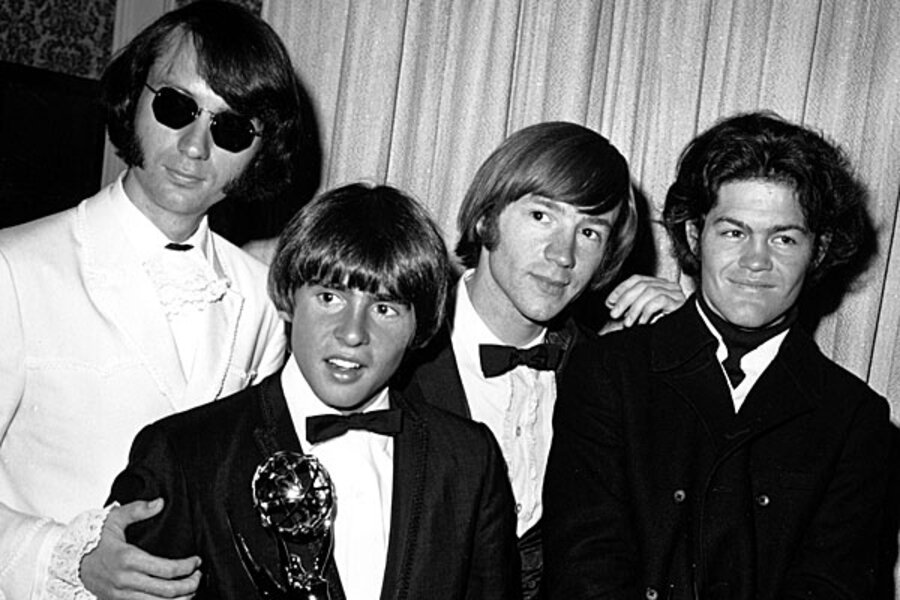Robert Moog, who was born in New York City in 1934, attended colleges that included Columbia University and Cornell University and founded a company when he was 19 years old, R.A. Moog Co., later known as Moog Music. The company produced kits to construct theremins, the small device that can make an eerie, sci-fi-like sound without being touched, as well as modular synthesizers, a combination of sound modules often stacked together in a cabinet which can be used to make changes to primary sound waveforms. While Moog left Moog Music in 1977, he founded the company Big Briar and continued to help design instruments and products into the early part of the twenty-first century. Moog died in 2005.
Moog's devices had profound effects on many bands and singers, including the Monkees. The band's 1967 song "Daily Nightly" is the subject of a music history debate – some say the song is the first-ever released to use a Moog synthesizer, while musician-composer-producer Quincy Jones said he used the first one ever on a song that was released to the public when he worked on the theme song for the TV show "Ironside," which also premiered in 1967.









